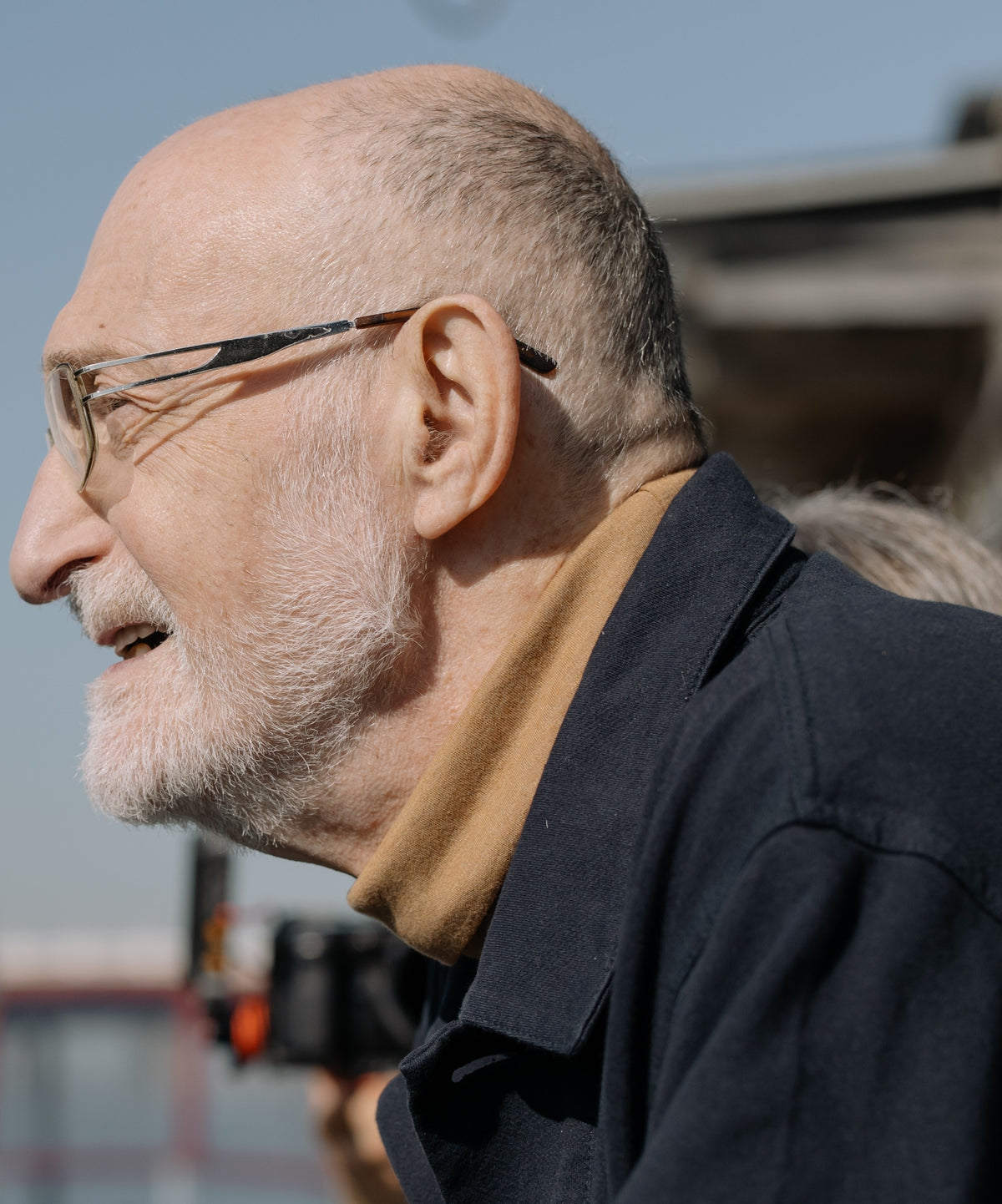Types of Incontinence, Causes, and Management Explained

Incontinence is common in older adults and people with certain disabilities. Sadly, embarrassment over being an adult who cannot completely control urinary or bowel functions makes managing this health situation more challenging.
Egosan works to help people understand that while incontinence is inconvenient, it’s not worth suffering over, either physically or emotionally.
To further our effort to educate people about incontinence, Mica Phillips Aeroflow’s Healthcare Director of Urology stepped in to provide basic but important information about the causes of incontinence. Aeroflow Healthcare is a durable medical equipment provider.
Mica helped us in the past when he answered questions about how food affects incontinence, so we asked him for an encore.
Egosan: Mica, could you tell us about the most common types of incontinence?
Mica Phillips: “While it may be overwhelming at first, urinary incontinence is the most common type of incontinence among adults. Other common types of incontinence among adults include urge incontinence when you have a strong impulse to use the toilet but cannot get there in time; overflow incontinence, which involves urine leakage resulting from weak bladder muscle or blockages when the bladder is full; and stress incontinence, from pressure placed on the bladder by any physical activity ranging from sneezing or exercising.”
Egosan: How big of a factor is age when it comes to incontinence? Men vs. women?
MP: “Age is a big factor in incontinence, as incontinence tends to become more common with as we get older. A 2019 Aeroflow Urology survey found that 44% of Americans aged 60 or older either suffer from incontinence or know someone who does, with females suffering from incontinence slightly more frequently than men.”
Egosan: How can we normalize incontinence when discussing it with older adults?
MP: “The same 2019 Aeroflow Urology Survey also found that most seniors would feel embarrassed discussing incontinence with friends or family – the people who are closest to them – so normalization is a very important issue. To normalize incontinence, we encourage seniors to educate themselves on incontinence and take comfort in how common it is, and we encourage younger adults to proactively raise the issue with their parents to avoid any potential embarrassment.”
Egosan: Who qualities for financial assistance for necessary incontinence products. Is help available?
MP: “Incontinence is a common condition among aging adults, affecting more than half of all seniors in the U.S. For those on a limited income, it can be a struggle to purchase briefs, underpads, bladder control pads, and other urinary control products. The good news is that most Medicaid plans will cover the supplies needed to effectively manage incontinence symptoms for those with a related medical diagnosis. These conditions include but are not limited to diabetes, Alzheimer's, multiple sclerosis, childbirth, Crohn's disease and several more. You can find more information relating to Medicaid coverage for incontinence supplies as well as qualifying conditions here. “
Thank you, Mica, for this helpful information.
It’s rare for an older adult to admit to incontinence as soon as some problem is evident, but we hope that with education older adults and their caregivers will grow to accept this condition as an inconvenience rather than a cause for shame. The embarrassment comes if incontinence isn’t managed properly with quality incontinence products that could be protecting your privacy.
***
Discover the Difference. EGOSAN - the Top-Rated incontinence brand from Italy. Now Available on Amazon.




